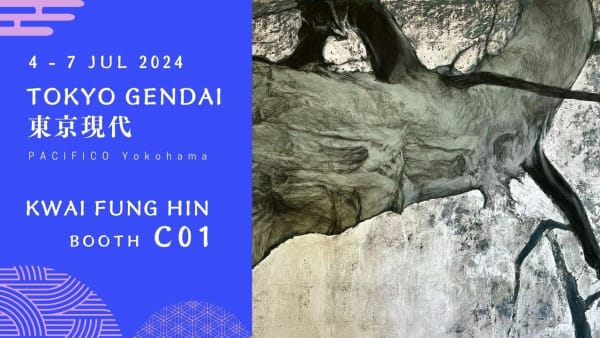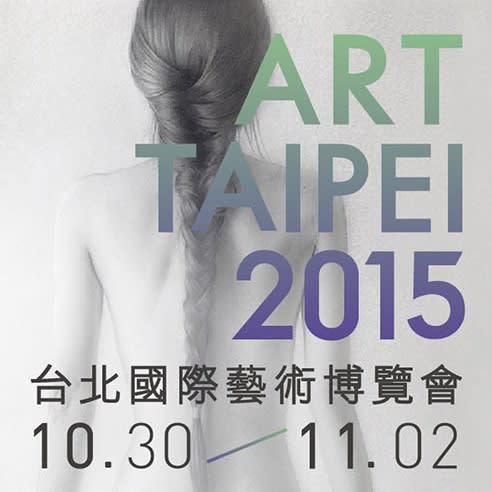Atsushi Suwa 諏訪敦 b. 1967
Born in 1967 in Hokkaido, Japan, Atsushi Suwa studied oil painting at Musashino Art University, graduating in 1992. Two years later he was nominated by the Department of Culture of Japan to be an Overseas Art Trainee and traveled to Spain. In 1995, he became the first Asian artist to receive the top award at the 5th International Painting Competition, presented by the Fundacion Barcelo in Mallorca, Spain. After resuming his career in Japan, he went on to receive the Award for Excellence at the 22nd Rising Artists Exhibition, presented by the Sompo Japan Museum of Art in 2003.
Since 1994, he has been holding solo exhibition in galleries and art museums in Japan and overseas, including Realist with Compound Eyes, the Sato Museum of Art, Tokyo (2008), Can’t See Anything Anyway, Suwa City Museum of Art, Nagano (2011), Sleepers, Kwai Fung Hin Art Gallery, Hong Kong (2014). He has also participated in group exhibitions in Shanghai Art Museum (1998), Hokkaido Museum of Modern Art (2007), the National Art Centre, Tokyo (2007), Fondazione Querini Stampalia, Venice (2013), Espace Pierre Cardin, Paris (2015), etc. His work was collected by Benetton Collection, Venice, Fundacion Barcelo, Spain, the Sato Museum of Art, Tokyo, Japan, and the Yokohama Museum of Art, Japan.
A Style Beyond Realism
Atsushi Suwa is well known for his gifted skills as a realistic painter. His works are painstakingly executed through drawings which are extremely detailed and precise. In his portraits all of the subjects seem alive, appearing as if they are actually breathing on the canvas. His ability to accurately reproduce what the human eye can see renders his audience speechless. However, while he excels at capturing the physical appearance of an object, it would be not be enough to categorise him simply as a “realistic” painter. His vision in fact goes far beyond the surface.
Suwa digs deep into the background of his subjects, like a journalist would. He exhausts all possible angles of perceiving the “real world” surrounding them. His artistic pursuit is a long journey for discovery of the “whole truth”, particularly, those “invisible parts” of the “truth”. Thus, his art guides his audience to a world that goes beyond our senses, beyond our experiences and perceptions.
Paternity
In 1996, Suwa recorded the face of his seriously ill father through sketches and photographs, which were later developed into a series of works entitled Father. In 1999, he spent two days by his dead father’s side, and witnessed how the very origin of his own life vanished, bit by bit. That particular scene of the critical point in between life and afterlife was rendered into two paintings in the next ten years. One of them, executed untitled in 2010, depicts the mouth of his father opened slightly, leaving a small dark hole between the static lips. Such a minor detail in a meticulously knitted picture nevertheless radiates considerable weight and power, as hints upon the emptiness of the afterlife: leaving the existing world that we know well, a man falls silent and cold, and then (with no further choice) drifts into an indescribable and unfathomable dimension.
In his Father series, Suwa is exploring his own future and searching for the same critical point (in between the present life and the afterlife) that occurs in the course of extinguishing from existence. In the years 2008 and 2009, he also painted his newly born son, tracing back his own “past” and at the same time exploring the world before the birth of new life, which is equally invisible.
Sleepers
Suwa first started the Sleepers series in 1995. Many models for painting works of Suwa were volunteers. As they did not have any professional experience, it was difficult for them to keep the same posture for a long period of time. Thus Suwa asked them to close their eyes and pretend to sleep, so to relax, and told them that it would be alright for them to actually sleep (some of them in fact fell asleep.) The painter himself was also exposed to various inspirations from this experience, resulting in a creation curve.
The Sleepers series makes use of the state of sleeping to explore the transitions from life to death and from before birth to life existence. In the paintings, the eyes of the figures in the paintings are closed. We do not know if they are sleeping or even alive. Yet, they are floating upon a lingering tranquility. They obviously have let go of all worries, all greed, all entanglements and attachments and retreated from the present world into a kind of “alternate reality” outside the present world. While the picture is still filled with strokes of superb precision, its scene is far from the “present world”, may it be the juncture between life and death, drunkenness and dream, or even the ultimate release and freedom beyond life, death, drunkenness and dream. From this perspective, superb likeness of the portrait to its subject becomes insignificant and a worldly story is no longer needed.
Unison
In Suwa's Unison series, the eyes of the figures in the paintings are half-open and half-closed, or are staring as if they were seeing nothing. This new expression creates a suffocating suspension. Taking a further step in exploring the unseen or unknown part of the “truth”, Suwa is surveying and opening for us moments when our consciousness is blurred or lost.
Compared with the Sleepers series, this drama is stuffed with a different tension, it is farther away from the “truth” we can see and closer to the point between the seeable and the un-seeable and between the known and the unknown.
Suwa is gifted with accurate, hyper-realistic painting, but his goal goes far beyond the re-construction of outer images. Rather, he goes after the whole of the “truth”, he strives to exhaust all possibilities within our sight and to reach the void beyond our eyes. He depicts all that can be captured by our sight down to the very limits of all capacities of depiction, thus we are guided by him to the highest cliff of our sight and our overall senses, from where we can stretch out our hands to touch the limitless emptiness beyond the cliff, which is a different world, a world that is beyond all our senses, beyond all our experiences and perceptions.
-
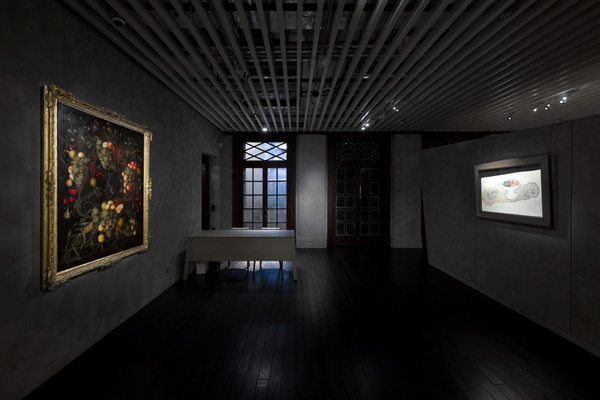
Eternity in Transience
Kwai Fung Hin Art Gallery 2 May - 29 Jun 2024Kwai Fung Hin Art Gallery is delighted to present Eternity in Transience, a group exhibition focusing on floral still-life paintings, as part of the associated project of the French May Arts Festival.Read more -
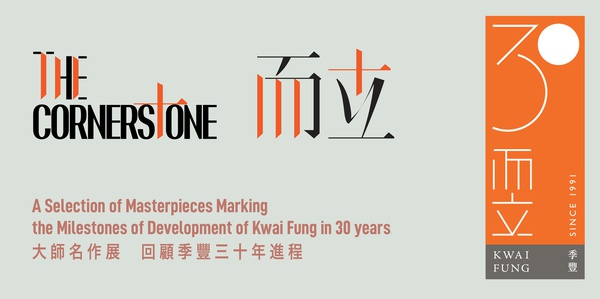
The Cornerstone
An Exhibition Celebrating the 30th Anniversary of Kwai Fung 14 Jun - 31 Aug 2021Read more -
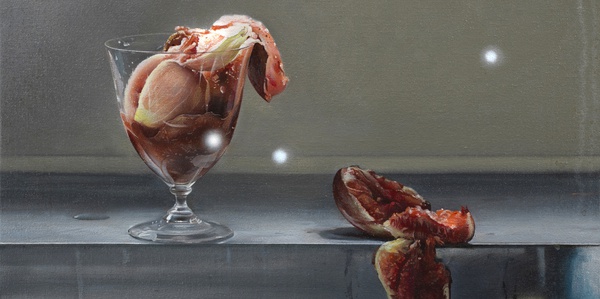
Solaris - Solo Exhibition of Atsushi Suwa
Kwai Fung Hin Art Gallery, G/F, 20 Ice House Street, Central, Hong Kong 1 Jun - 6 Jul 2019Read more


